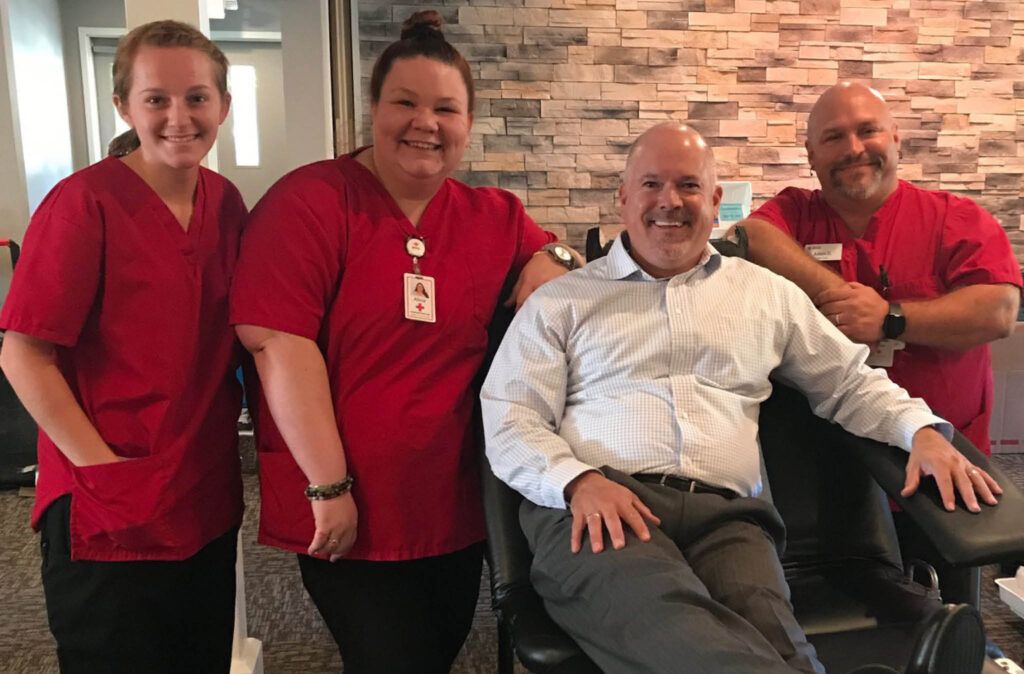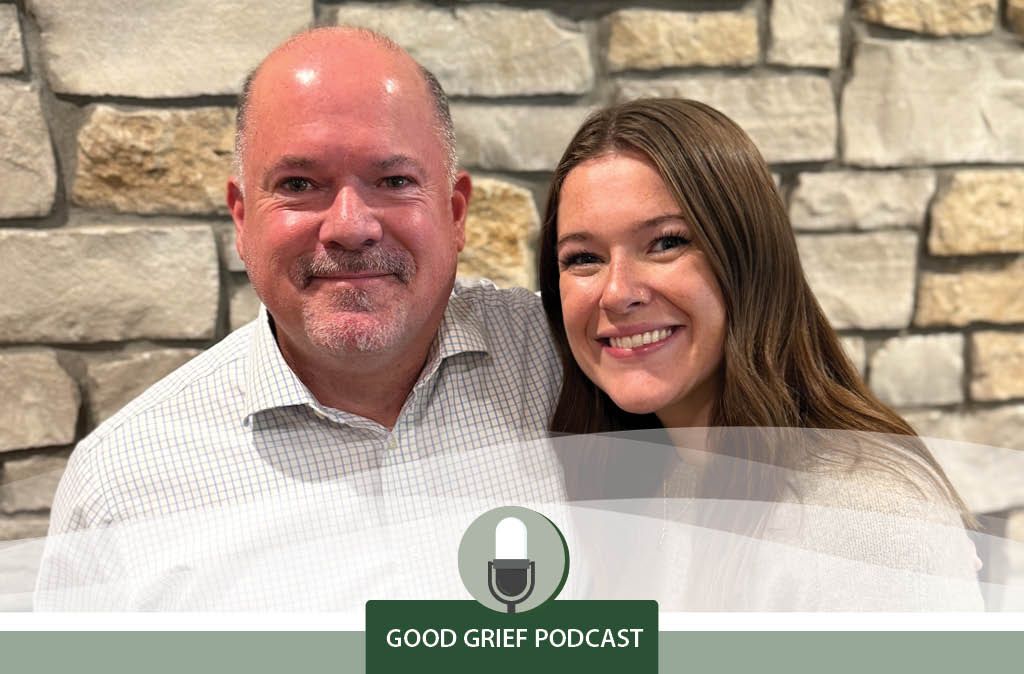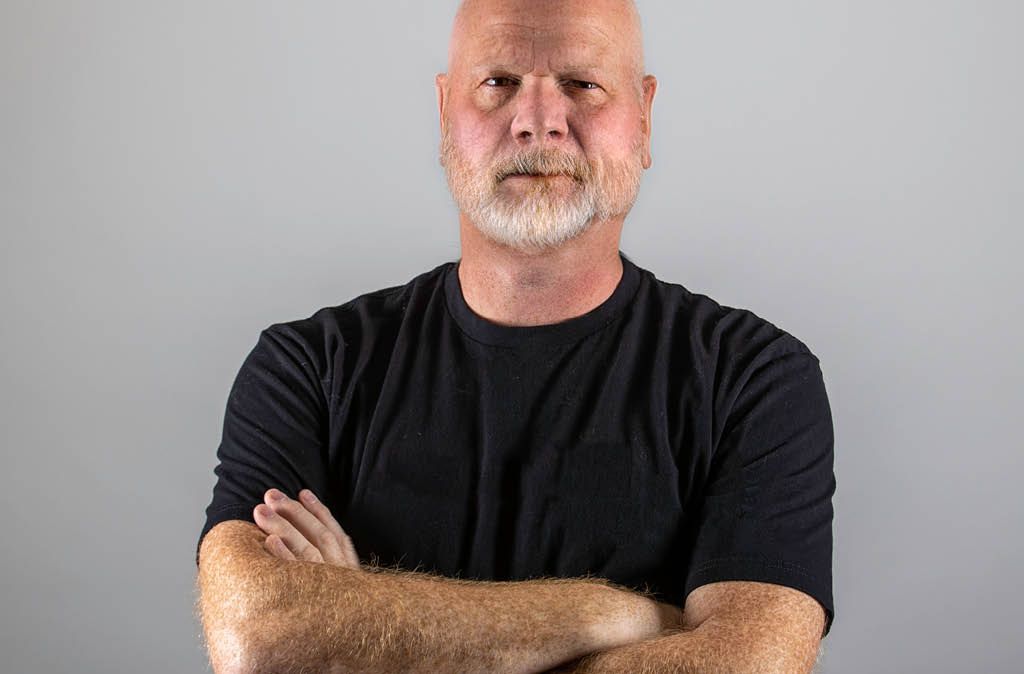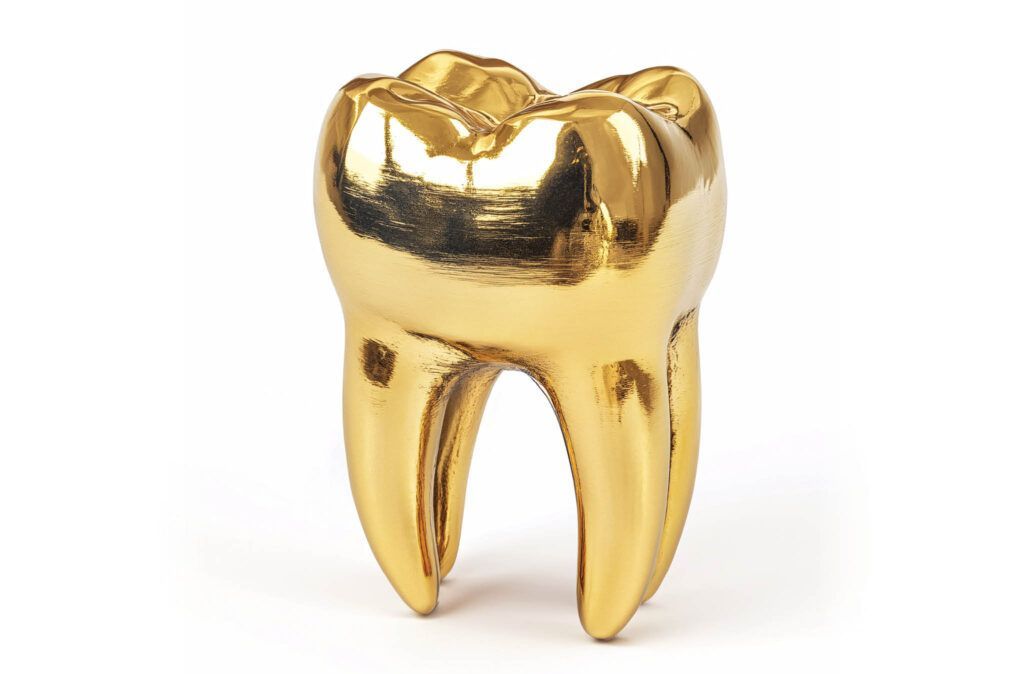O’Connell’s has been a preferred partner of the Red Cross for many years.
How does a funeral home become a chosen companion of the Red Cross?
By being a civic-minded leader who is always geared towards giving back to the greater community.
So, I ask you to challenge yourself: Would you give of yourself to help your family, neighbor, or good friend? Of course, you would. They may be one accident away from being in desperate need of blood to stay alive.
Consider these facts:
- Dr. Karl Landsteiner first identified the major human blood groups—A, B, AB, and O—in 1901.
- Only 3% of the population donates blood.
- More than 38,000 blood donations are needed every day, or 4.5 million a year.
- 34% of donations go to cancers and blood diseases.
- 10% go to those with fractures or joint replacements.
- About 1 in 7 people entering a hospital needs blood.
- Donating blood takes around ten minutes, while the whole process takes less than an hour.
- One donation is just shy of a 16oz can of pop, or one pint. It only takes 24 to 48 hours for your body to replenish the volume!
- There are 10 pints of blood in the body of an average adult.
- If only one more percent of all Americans would give blood, blood shortages would disappear for the foreseeable future.
- 46.5 gallons: the amount of blood you could donate if you began at age 17 and donated every 56 days until you reached 79 years old.
- One simple donation can save three lives!
- Blood makes up about 7 percent of your body’s weight.
Here are some health benefits for those who donate blood.
Donating blood at least once a year can help improve your blood flow and reduce arterial blockages.
Too much iron in the blood can cause your arteries to harden (atherosclerosis), restricting blood flow to the rest of the body.
Donating blood helps reduce the amount of iron in your blood, lowering the risk of atherosclerosis.
Additionally, too much iron in the blood can be harmful.
One of the benefits of donating blood and reducing iron stores is that it can reduce your risk of cancer. Iron is associated with cancer-causing free radicals—unstable atoms that can damage cells and cause illness.
Does all of that help your decision to sign up? Join me as O’Connell’s proudly offers blood drives throughout the year at all of our locations. Visit RedCrossBlood.org to find a drive near you.
“You give but little when you give of your possessions. It is when you give of yourself that you truly give.”













